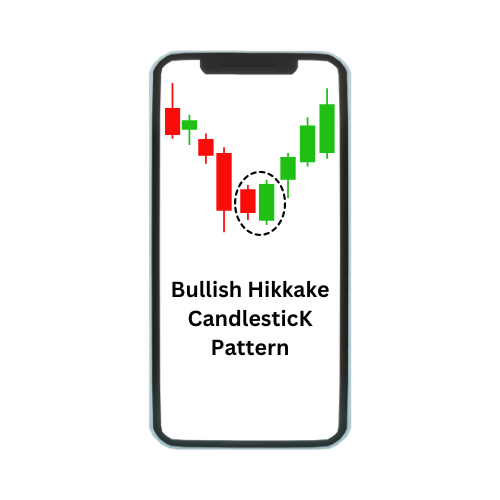Exchange Traded Fund (ETF)
ETFs evolved from mutual funds and were introduced in the early 1990s. They combine the diversification advantage of mutual funds with the liquidity benefit of stocks. ETFs also are pooled investments that combine the financial resources of investors and use them to buy other tradable instruments such as shares, bonds and derivatives.
An ETF is like a fund that can consist of various stocks across different industries, or it can be focused on a particular industry or sector. For example, an automobile-based ETF will consist of stocks of different automobile companies listed on the stock market.
Changes in the price of an ETF are directly related to the performance of the underlying asset it consists of. If the value of an underlying stock increases, so will the price of an ETF and vice versa.
Types of ETF
Gold ETF- Investors can buy gold as financial asset in the form of Gold ETF. Gold ETF is an exchange traded fund that aims to track the price of gold in the market and has the same value as that of pure 24 carat physical gold. Like shares of a company, the units of the Gold ETFs are also traded on the stock exchange.
Bank ETF- Bank ETFs invests in a basket of banking stocks listed on the stock exchanges.
Index ETF- Index ETFs are the most common of all ETF product offerings. It aims to track a particular market index like Sensex, Nifty, BSE 100, Nifty 100 etc. Index ETFs invest in a basket of stocks which replicate the Index the ETF aims to track. When investing in an Index ETF you should expect to get the index returns which your ETF is tracking, nothing more or nothing less.
International ETFs- an International ETF invests mainly in foreign based securities. These ETFs may track global markets or track a country-specific benchmark index. These ETFs can be a good investment option if you want to diversify your investments into foreign securities.
Liquid ETF- Liquid ETFs invest in a basket of short term Government securities, call money or money market instruments of short term maturities. The objective of liquid ETFs is to enhance returns and reduce price risk.
Why invest in ETFs?
ETF may be a better choice- There are a number of factors that play a crucial role in determining future performance of a mutual fund scheme, for example – fund manager’s track record, AMC track record, long term performance etc. It takes considerable skills to identify a good fund that may outperform its peers and also the market in the future. Exchange Traded Funds, on the other hand, tracks only the Index that it is benchmarking and therefore, there is little scope of outperformance or underperformance. If you aim for market/ Index returns for your investment, the ETFs may be a good choice.
Performance is the focus- The indices, which by their method of construction based on market capitalization, eliminate or at least, reduce the weight of underperformers in the index portfolio. Therefore, by extension ETFs also eliminate or at least reduce the weight of underperformers in their portfolio.
Unsystematic Risk- Mutual funds are subject to two kinds of risk – Systematic and Unsystematic risks. Systematic risk is unavoidable because equities as an asset class are volatile. Both ETFs and actively managed funds are subject to market risks. Unsystematic risk is company specific risk or sector specific risk. Though mutual funds aim to reduce unsystematic risk by diversifying its portfolio across stocks and sectors, they still have some residual unsystematic risks because actively managed funds may be over-weight on certain stocks and sectors versus the index. Exchange Traded Funds do not have any unsystematic risk because they simply track the index; therefore, it is a good investment option if you want to totally avoid unsystematic risk.
Simplicity- ETFs bring simplicity to your investing compared to actively managed funds. You do not have to analyse past performance or understand the fund manager’s investment style or how the fund has done in up and down markets etc. Most ETFs track the large cap indices like Nifty, Sensex, BSE – 100, Nifty 100, Nifty Next 50 etc. You can simply select an index and invest in a low cost ETF, which tracks that index and your job is done.
Low cost- The expense ratio of ETFs is much lower than their mutual fund counterparts. The expense ratios of ETFs can be as low as 0.25%, compared to the expense ratio of mutual funds which are usually in the range of 1.5% – 2.25%. Unless the mutual funds generates considerable alpha in the long term, they may not be able to beat the ETF returns in the long term.
Uses of ETFs
ETFs can prove quite useful to those investors who demand focused exposure to a specific industry, asset class, region, or currency at a reasonable cost. Such investors do not have to worry about researching specific industries. What’s more, thanks to their low operational expenses, they are also suitable as long-term holdings for ‘buy & hold’ investors.
Additionally, they are useful to those who are looking forward to the asset allocation approach to investing. It is possible to find an exchange-traded fund that focuses on asset classes and also has a very low correlation coefficient with the rest of your portfolio. In other words, if your portfolio ‘zigs,’ the ETFs you are seeking tend to ‘zag.’ Ideally, this results in less volatility for your portfolio.
ETFs are one of the fastest-growing financial products in history. Now that you are armed with the basics of exchange-traded funds in India, you can make your mind and decide whether they make sense for your portfolio.
Conclusion
Because of the versatility, liquidity, and low trading costs that ETFs offer, they are an increasingly popular investment vehicle. Investors are urged to explore the large, varied offerings of ETFs, and to consider making ETF investments a mainstay of their overall investment portfolio.





